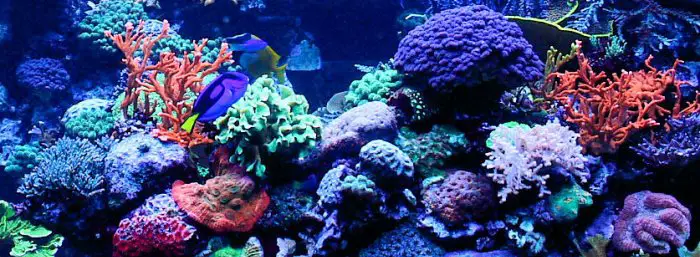Coral Reef Cnidarians
Cnidarians (Phylum Cnidaria, formerly known as the coelenterates) are an animal group comprised of a number of familiar marine animals including corals, jellyfish, and anemones.
As a group, cnidarians are characterized by a circular body enclosing a simple gut with a single opening surrounded by tentacles bearing specialized stinging cells called nematocysts used for defense and/or the capture of prey.
The term “coral” is widely used to describe several quite different kinds of coral reef cnidarians belonging to two separate classes of animals (Anthozoans and Hydrozoans) each with differing characteristics, as described below.

